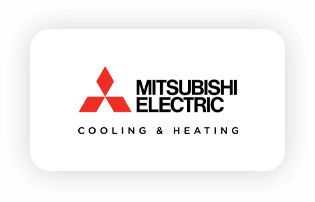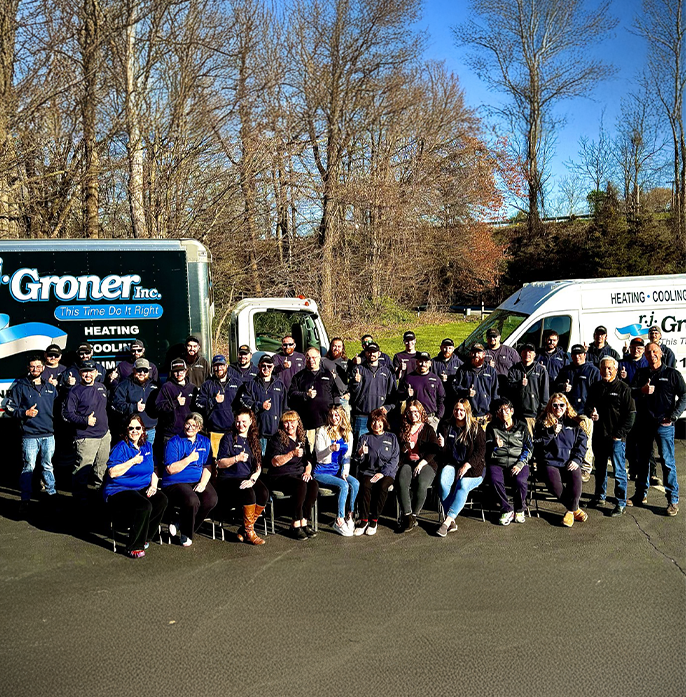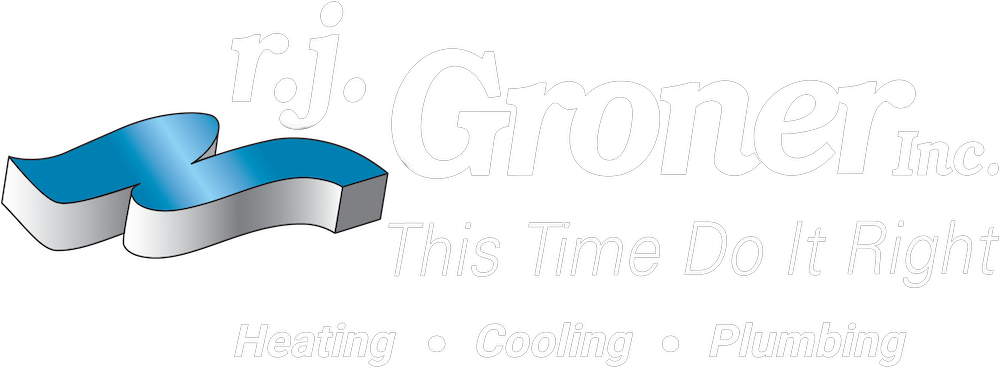 A Ductless Air Conditioner or sometimes called Mini Split is a Heat Pump. It typically consists of an indoor unit that is mounted on the wall, combined with a compressor on the outside. Ductless units, unlike window units, require only a small hole to be drilled through the wall, making them less vulnerable to air leakage and security problems. They are also less audible and visible. It is most often used in a situation where a window AC unit or a baseboard heating would be considered, such as in a new addition to a house. These highly energy-efficient systems require no traditional ductwork so perfect for new additions, older homes, garage, shops, etc. Wherever you want more indoor comfort for heating or cooling, we got you covered.
A Ductless Air Conditioner or sometimes called Mini Split is a Heat Pump. It typically consists of an indoor unit that is mounted on the wall, combined with a compressor on the outside. Ductless units, unlike window units, require only a small hole to be drilled through the wall, making them less vulnerable to air leakage and security problems. They are also less audible and visible. It is most often used in a situation where a window AC unit or a baseboard heating would be considered, such as in a new addition to a house. These highly energy-efficient systems require no traditional ductwork so perfect for new additions, older homes, garage, shops, etc. Wherever you want more indoor comfort for heating or cooling, we got you covered.
Ductless Mini Split in Stroudsburg, PA
$89 Tune-Up
On Air Conditioning, Heat Pump, and Single Zone Ductless Systems
Ductless Heating And Cooling Reviews
Ductless Heating and Cooling systems are exceedingly energy-efficient. In the average house, you’re losing 25 percent or more of your energy to the ductwork. You will end up with a more efficient heating and cooling system if you remove the ducts.
Ductless models also have inverter-driven compressors. These are designed to save energy by
speeding up or slowing down, as opposed to the traditional on/off systems HVAC’s used to employ.
What are Ductless Heating and Cooling Units?
Ductless air conditioners, also known as mini-split air conditioners, have a three primary components:
- An outdoor component consisting of a condenser that pumps cool air to the indoor components.
- An indoor component that releases the cool air into the house. This unit can be mounted either on the ceiling or wall.
- A conduit that connects the two, this includes the power cable, tubes of refrigerant cooling, and a condensate drain.
The end result is a cooling unit that works a lot like central air but doesn’t require the installation of ducts in your walls or attic. If you know it is time to invest in a new air conditioner, but you live in a home where ductwork has never been done, or you’re ready to switch to a more energy-efficient cooling solution, then a ductless air conditioner is the most logical choice. But those aren’t the only reasons to go with this type of air conditioner.
What Is The Cost Of Ductless Heating And Cooling Systems?
Homeowners thinking about installing a split AC system or ductless air conditioning system in their homes should also be aware of all the costs associated with doing so. After all, it is necessary not only to purchase the AC unit itself, but to have it installed by a trained and qualified HVAC professional. Unlike a simple window unit, there are a few specific connections that must be made between the condenser and the evaporators to ensure the system runs optimally. Furthermore, proper insulating must be done to maximize energy efficiency. Contact us for a free estimate on the installation of a ductless heating and cooling system for your home.
What Is The R.J. Groner Inc. Advantage For Ductless Heating and Cooling Systems?
- A free in-home consultation with one of our HVAC specialists.
- We will help you to select an energy-efficient heating and air conditioning system that meets your comfort preferences and lifestyle.
- Proper sizing of the equipment to meet the unique needs of your home.
- A convenient way to pay for your installation through our flexible financing options, subject to credit approval.
- A full factory warranty on all equipment and labor.

Contact us now to find out more and begin your journey to efficient thermal comfort in your home.



Services We Offer Include:
How many rooms can a ductless mini split cool?
A ductless mini-split system can typically cool one room per indoor unit. However, multi-zone systems are available, allowing for multiple indoor units to be connected to one outdoor unit, cooling several rooms independently. The number of rooms cooled depends on the system’s capacity and configuration.
How many square feet can a ductless mini split cool?
The cooling capacity of a ductless mini-split system depends on factors like the model, BTU rating, insulation, and climate. Generally, they can cool areas ranging from 300 to 1,500 square feet per indoor unit. Proper sizing and installation are crucial for optimal performance and efficiency in cooling larger spaces.

Contact Our R.J. Groner Specialists
©2025 R.J. Groner Inc.. All Rights Reserved. License #PA009791. Privacy Policy. Web Design and Internet Marketing by RYNO Strategic Solutions



